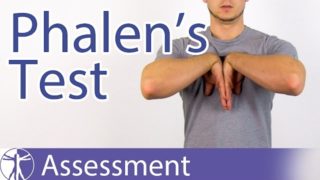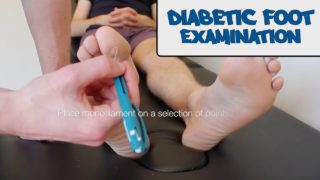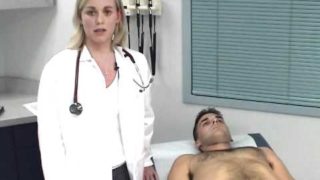Deep Tendon Reflexes – Physical Exam
Check the deep tendon reflexes using impulses from a reflex hammer to stretch the muscle and tendon. The limbs should be in a relaxed and symmetric position, since these factors can influence reflex amplitude. As in muscle strength testing, it is important to compare each reflex immediately with its contralateral counterpart so that any asymmetries […]




